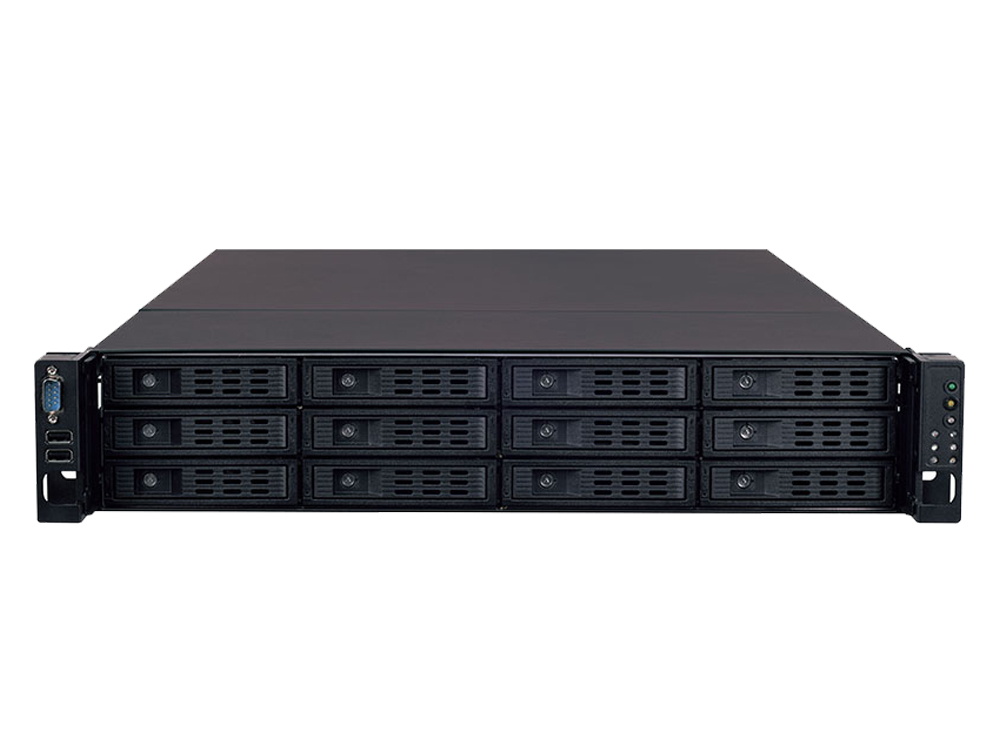It is well established that cloud adoption has become the new norm for enterprises across industries, a sine qua non of future business continuity. However, not until the recent Covid-19 crisis shook the planet did cloud computing really come into its own. Thanks to remote technologies, millions of companies around the world continue to operate during isolation with their workforce staying connected from home. Yet there is more to it — as the remote revolution remains shifting people to their home bases, companies come to realize the benefits and possibility of getting rid of their pricy real estate. Also, weaknesses and vulnerabilities of centralized computing networks have been exposed, expediting the acquisition of more remote technologies to facilitate remote working. Hence the new way businesses are going to conduct themselves has taken shape — cloud-based edge computing.
Many hold that to the infrastructure, edge computing and cloud are mutually exclusive; some believe the edge computing is likely to take the place of conventional cloud computing. However, what the unprecedented pandemic has demonstrated to us is the critical role edge computing will play in our IT ecosystem and it has its distinguishable function in spurring fundamental changes of existing cloud network architectures.
Having tested the modern network technology to its limits, the lockdown will eventually end. Still, the new business working model has already been remoulded and keeps moving on with proliferating virtual collaboration, online learning, video streaming or even MMOG (massively multiplayer online gaming). Recent researches on contemporary technology leaders have shown that, a number of enterprises are putting investments in the edge integration with their IT environments to address the surging bandwidth and network service demands.
Advantages of Edge Computing
- Reduce Latency
The nature of cloud infrastructure features centralized processing power, storage, and data analytics services. However, its relaying data transmission pattern can cause latency issues in mission-critical use cases such as video-conferencing or live sports broadcasting. Edge computing, on the other hand, locating the information processing closer to the devices at the network edge, efficiently eliminating latency issues and related failures caused by back-and-forth packet relaying between server and user. For many companies, this could be a huge cost-saving and a significant driving factor to deploy edge computing.
- Enhanced Security
The other advantage of edge computing is enhanced security. As more users accessing data in the cloud remotely comes with more cyber-security breaches, it provides a break where users log in to the edge device by filtering and processing the sensitive data locally in advance, which protects the enterprise datacentre while guaranteeing patches/updates are able to be deployed to all end users.
It cannot be clearer that our future of working landscape has been altered. For business owners, they need to give some thought to their remote working strategies. Implementing up-to-date edge computing while developing the existing cloud computing can serve different purposes and benefit the infrastructure in a complementary way.
- Featured Product
For businesses considering edge computing approach, Lanner's offering FX-3420 provides stringent remote working environments with a secure, high-performance, and high storage density in just 2RU of space.
Supporting up to 768GB of DDR4 memory and 12x SATA 3.5” hot-swappable disk drive bays, it is also equipped with comprehensive I/O functionality including one onboard M.2 slot, one RJ-45 console, one IPMI port for remote management, and two double-width PCIe*16 sockets for GPU acceleration card. FX-3420 is ideal for VDI, cloud computing, software defined storage platforms and HPC server where performance and storage are critical.




